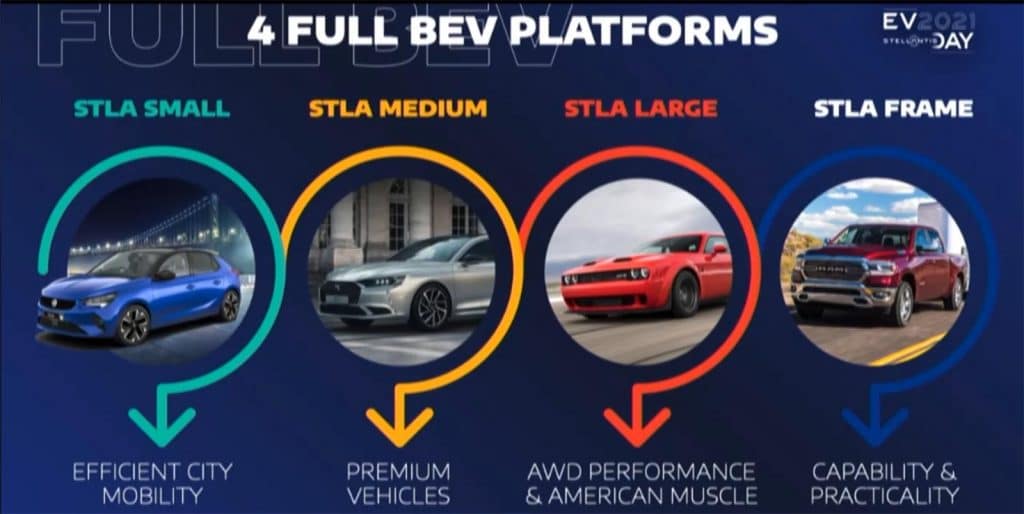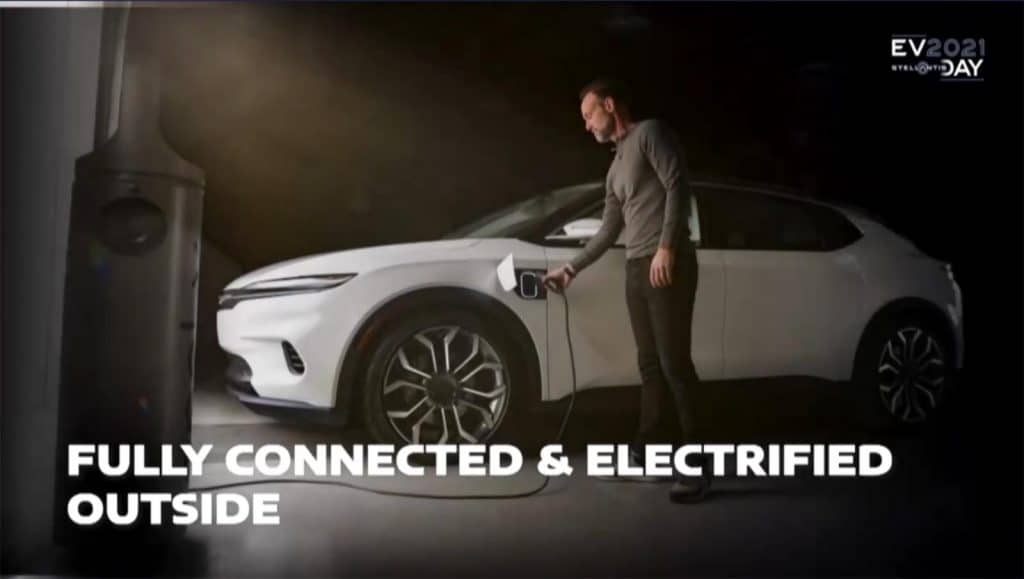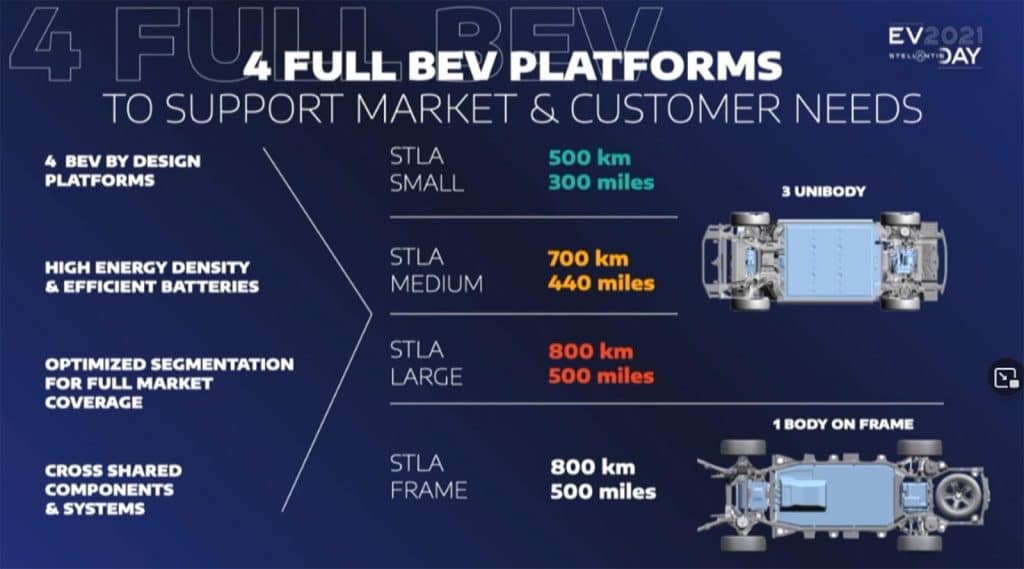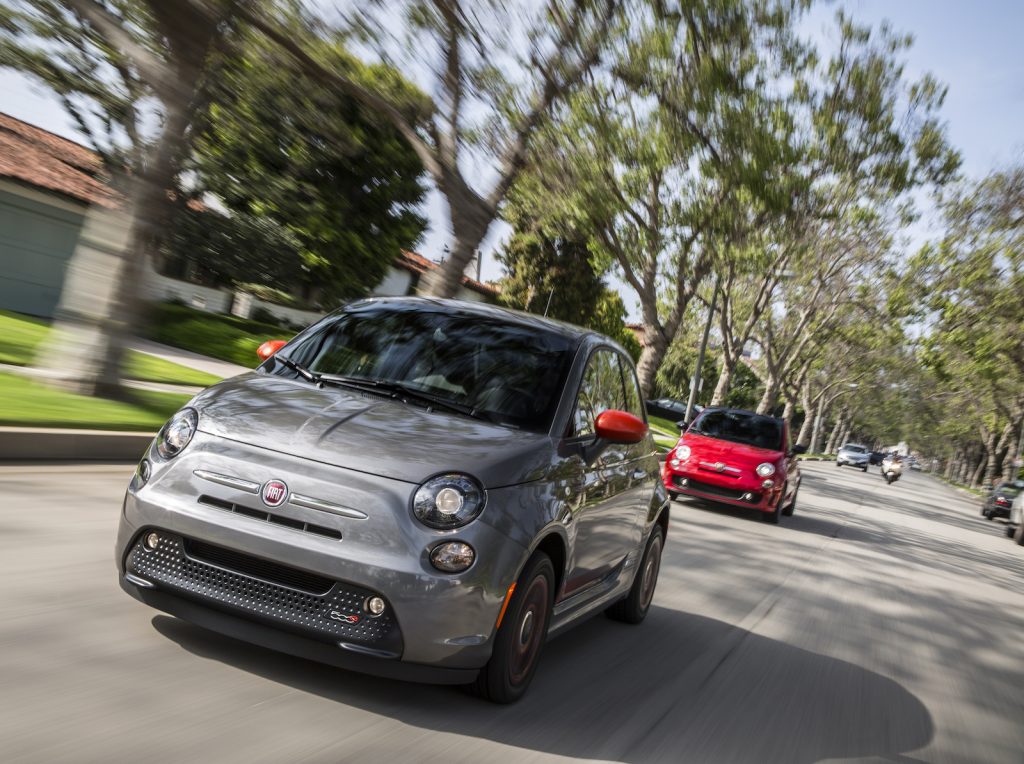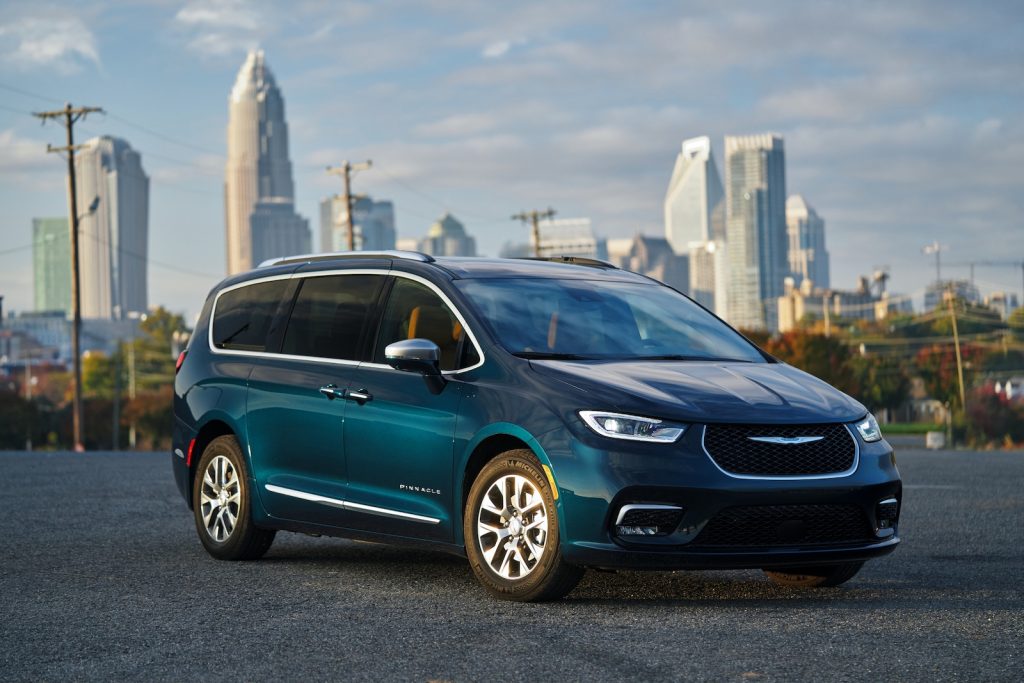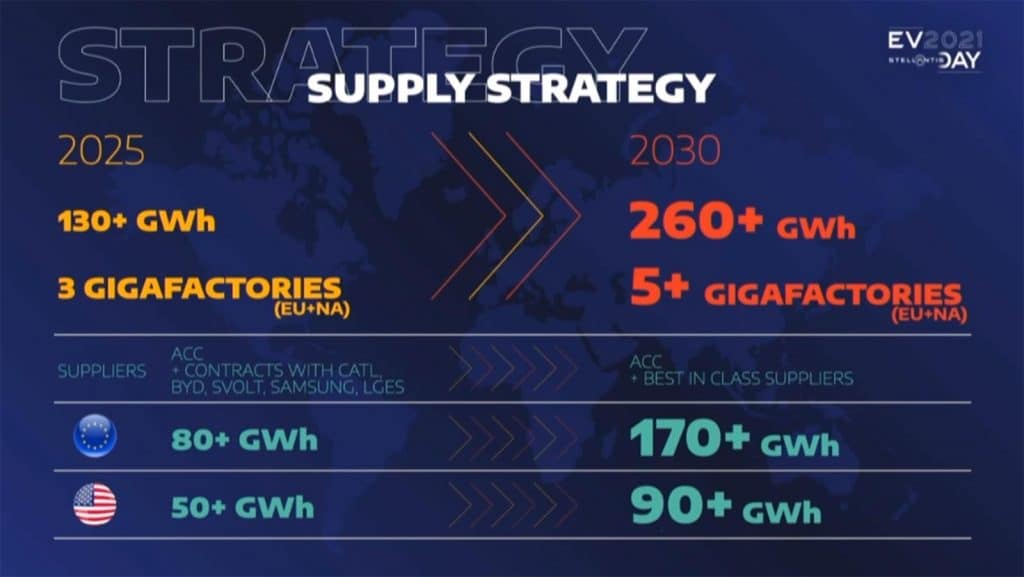Ram
” data-medium-file=”https://wooautorepair.com/wp-content/uploads/2021/10/nhtsa-investigating-rams-diesel-pickups-2.png” data-large-file=”https://wooautorepair.com/wp-content/uploads/2021/10/nhtsa-investigating-rams-diesel-pickups.png” class=”aligncenter size-large wp-image-1776420″ src=”https://wooautorepair.com/wp-content/uploads/2021/10/nhtsa-investigating-rams-diesel-pickups.png” alt width=”610″ height=”403″ srcset=”https://wooautorepair.com/wp-content/uploads/2021/10/nhtsa-investigating-rams-diesel-pickups.png 610w, https://wooautorepair.com/wp-content/uploads/2021/10/nhtsa-investigating-rams-diesel-pickups-1.png 75w, https://wooautorepair.com/wp-content/uploads/2021/10/nhtsa-investigating-rams-diesel-pickups-2.png 450w, https://wooautorepair.com/wp-content/uploads/2021/10/nhtsa-investigating-rams-diesel-pickups-3.png 768w, https://wooautorepair.com/wp-content/uploads/2021/10/nhtsa-investigating-rams-diesel-pickups-4.png 120w, https://wooautorepair.com/wp-content/uploads/2021/10/nhtsa-investigating-rams-diesel-pickups-5.png 1420w” sizes=”(max-width: 610px) 100vw, 610px”>
The National Highway Traffic Safety Administration has opened an investigation into nearly 605,000 heavy-duty Ram trucks. A report from the regulator’s Office of Defects Investigation has tabulated 22 complaints from the 2019 and 2020 model years, all of which use 6.7-liter Cummins turbo diesel engines, spurring the NHTSA to launch a formal investigation. Complaints revolve around loss of motive power, with most incidents occurring above 25 mph and resulting in the “permanent disablement of the vehicle.”
While the public was not made aware of the investigation until Monday, the agency launched its probe last Thursday on October 14th. The goal will be to establish how widespread the presumed defect is, what exactly caused it, and any potential safety hazards relating to the issue. Some headway has already been made, however.
Back in 2019, Fiat Chrysler Automobiles (now Stellantis) issued Warranty Bulletin D-19-02 to dealers. The memo requested stores participate in a campaign to “collect, monitor and correct quality issues” on certain MY 2018-2020 Ram trucks equipped with the 6.7-liter Cummins. The NHTSA’s action summary states that this resulted in FCA and an unnamed supplier collecting and inspecting high-pressure fuel pumps.
Vehicles under suspicion include all Ram 2500, 3500, 4500, and 5500 HD pickups from the 2019-2020 MY. The NHTSA plans on looking into the trucks to determine whether or not it needs to press Stellantis to launch a recall. That means asking the manufacturer to give its take on the situation while it compiles warranty claims, injury reports, and whatever FCA previously had on those suspect fuel pumps.
Regulators have been incredibly hard on diesel vehicles ever since Volkswagen’s emissions scandal upended the industry in 2015. While a part of me wants to believe the NHTSA just has it out for Ram’s HD lineup (since a few have asked), it seems far more plausible that this was a standard, shrug-your-shoulders defect. Selective environmental regulations have made diesels cost more as they’ve gradually amassed a bevy of pollutant controlling hardware while also complicating powertrains to a point that has lessened their overall effectiveness. But the impact this has had on their reliability is less obvious and may have nothing to do with a bunch of subpar fuel pumps.
Let’s face it, U.S. regulators haven’t been shy about hitting manufacturers with emissions-focused recalls backed by the Environmental Protection Agency and/or California Air Resources Board in the past. If they wanted to chide Cummins or FCA/Stellantis over pollution, they could have done so overtly.
Stellantis has said it plans on cooperating with the NHTSA fully, launching an investigation of its own for good measure. So we should have some answers soon, including the name of the supplier. In the meantime, you might want to keep a closer eye on how your HD Ram is running if it falls under the purview of the investigation.
[Image: Stellantis]
Become a TTAC insider. Get the latest news, features, TTAC takes, and everything else that gets to the truth about cars first by subscribing to our newsletter.
